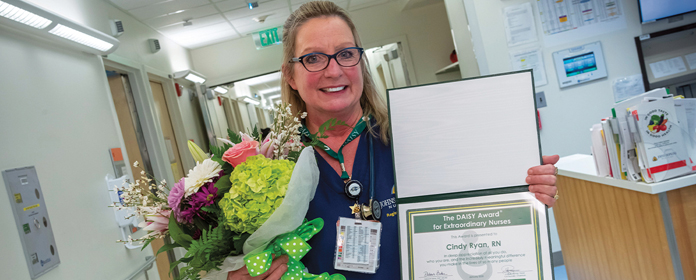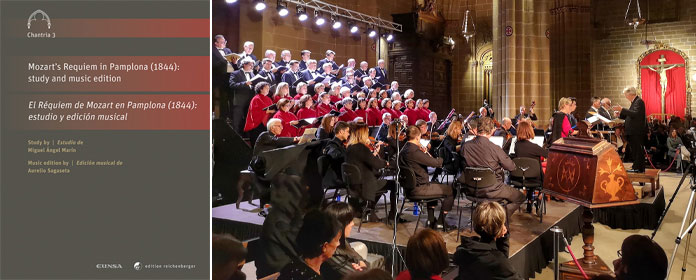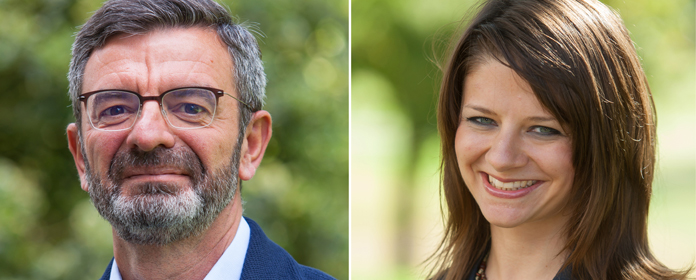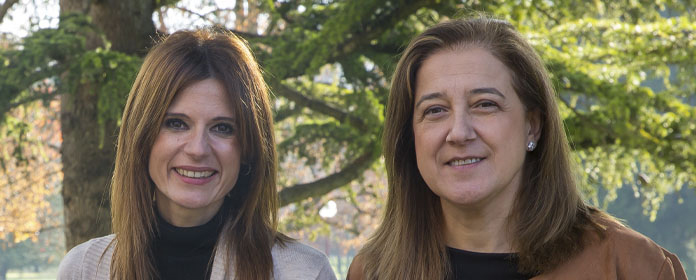A summer course focuses on Roncesvalles as part of the Cultural Itineraries of Europe committee
It takes place at the Real Colegiata and is co-directed by Julia Pavón, from the ICS of the University of Navarra, and Eloísa Ramírez, from I-COMMUNITAS of the Public University of Navarra.
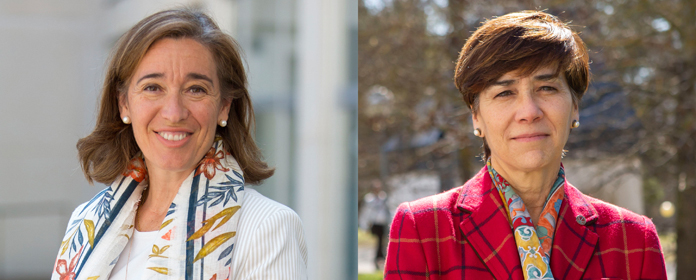
PHOTO: Manuel Castells
The Collegiate Church of Roncesvalles has hosted a summer course on this Jacobean site that is part of the Cultural Itineraries of the committee of Europe. The program is co-directed by Julia Pavón, principal investigator of the project 'Creativity and Cultural Heritage' of the Institute for Culture and Society (ICS) of the University of Navarra, and Eloísa Ramírez, professor of Medieval History at the Public University of Navarra and member of the research I-COMMUNITAS institute.
"The Collegiate Church forms before the pilgrims and visitors one of the most relevant historical-artistic sites of the Jacobean route in the Jacobean Age average and nowadays", says Professor Julia Pavón.
As he explains, "its location and its sacred and hospitable quarters mark the beginning of a journey loaded with symbolism to the tomb of the apostle St. James" and the place also "evokes the great achievements and developments of Western Civilization in its plenitude during the central centuries of the Middle Ages, such as Romanesque and Gothic art, urban and commercial awakening, etc."
From agreement with Eloísa Ramírez, Roncesvalles "has always had a powerful impact on the area, certainly since its historical beginnings: it is located in the most important pass of the Western Pyrenees since Prehistoric times; it has seen armies, merchants, pilgrims and travelers from all over subject. Precisely for this reason it has developed that role of hospitality that we all know".
He assures that today it brings together a rich collection of goods and objects of historical, cultural, religious and intangible heritage. He also emphasizes that in recent years "special attention has also been paid to the natural heritage of the environment, of exceptional beauty and unique faunistic richness; it is one of the essential passageways for bird migrations on a European scale, an exceptional place of observation for experts and amateurs".
Profound transformation to welcome visitorsAnother of the speakers of the course is the writer Juan Ramón Corpas, president of the association of Friends of the Collegiate Church of Roncesvalles, member of the European Navarrese Movement and former Minister of Culture of the Navarrese Government. According to him, the site is exemplary for three reasons. First, because "it is part of two especially relevant Cultural Itineraries, the Way of St. James and the Charlemagne Route, and it occupies a place in both A". Second, because "it is one of the most powerful symbols of Europe, deeply and persistently engraved in the collective imagination of the West".
And, thirdly, he stresses that "it brings together the presence of a rich tangible heritage with the breath of an extraordinary intangible heritage, with a density that few places can reach".
"To welcome visitors," he continues, "it has carried out a profound and respectful transformation of its resources, so that while maintaining the purity of the environment and traditional uses and activities, it has adapted part of its historic buildings for a worthy and outstanding quality hotel and catering offer.
The workshop coincides with the year of commemoration of the eighth centenary of the consecration of the church, in the time of Sancho VII el Fuerte. During the morning there will be three presentations related to historical aspects of the place and its relationship with the landscape and cultural environment. In the afternoon, a lunch will be held -colloquium from the perspective of the other side of the Pyrenees and will end with an analysis of the perspective of the tourist development of area and its impact on the region.

